
Gear reducers are indispensable components in a wide array of industrial applications, from robotics to heavy machinery. They play a pivotal role in transferring motion and torque from a motor to the machinery, ensuring smooth and efficient operation. The development of gear reducers is influenced by several key factors, which are crucial in determining their performance, reliability, and overall contribution to industrial progress.
Electromechanical Innovation
At the heart of gear reducer development lies the field of electromechanics. This interdisciplinary domain combines electrical and mechanical engineering to create advanced gear reducer systems. The integration of electronic components allows for better control and monitoring of the gear reducer's performance. For instance, sensors can be incorporated to provide real-time data on the reducer's operation, enabling predictive maintenance and reducing downtime. Moreover, the use of electronic controls can optimize the gear reducer's efficiency, leading to energy savings and improved productivity.
Material Science Advancements
The materials used in the construction of gear reducers are another critical factor in their development. High-quality materials can enhance the durability and longevity of the reducers. Advances in material science have led to the use of alloys and composites that are more resistant to wear and tear, as well as being able to withstand higher loads and operating temperatures. This not only extends the service life of the gear reducers but also allows them to be used in a broader range of applications.
Precision Engineering
Precision engineering is essential in the design and manufacturing of gear reducers. The accuracy of gear teeth and the alignment of components directly impact the performance and efficiency of the reducer. With the advent of computer-aided design (CAD) and computer-aided manufacturing (CAM) technologies, gear reducers can be designed and produced with a high degree of precision. This results in smoother operation, reduced noise, and lower heat generation, all of which contribute to a more reliable and longer-lasting product.
Lubrication and Cooling Systems
Proper lubrication and cooling are vital for the smooth operation of gear reducers. The development of advanced lubricants and cooling systems has been a significant factor in the evolution of gear reducers. These systems help to minimize friction, reduce wear, and prevent overheating, ensuring that the gear reducer operates within its optimal temperature range. The use of synthetic oils and innovative cooling methods has greatly improved the performance and reliability of gear reducers in demanding industrial environments.
Design for Static and Dynamic Loading
Gear reducers are subjected to both static and dynamic loads during operation. The design of the reducer must take into account these forces to ensure that it can handle the required torque without failure. Engineers must consider factors such as gear tooth contact patterns, shaft alignment, and bearing selection to create a gear reducer that can withstand the rigors of industrial use. By designing gear reducers that can effectively manage both static and dynamic loads, manufacturers can provide products that are more robust and have a longer service life.
Integration with Automation and Control Systems
As industries become more automated, the integration of gear reducers with control systems is becoming increasingly important. The development of gear reducers that can seamlessly interface with programmable logic controllers (PLCs) and other automation hardware allows for more sophisticated control over machinery. This integration enables features such as variable speed control, precise positioning, and automated diagnostics, which enhance the overall efficiency and productivity of the machinery.
Conclusion
The development of gear reducers is a complex process influenced by numerous factors. Electromechanical innovation, material science advancements, precision engineering, lubrication and cooling systems, design considerations for static and dynamic loading, and integration with automation and control systems are all critical in the evolution of these vital industrial components. By focusing on these key areas, manufacturers can continue to develop gear reducers that provide greater power and value to industrial development, driving progress and innovation in a wide range of sectors. As technology continues to advance, the future of gear reducers looks promising, with the potential for even greater efficiency, reliability, and performance.
 English
English Deutsch
Deutsch Русский
Русский Español
Español
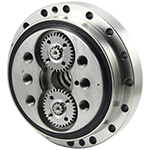
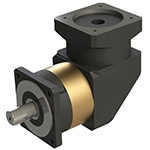
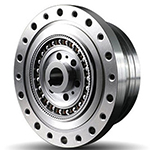
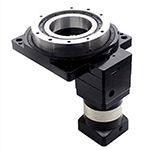
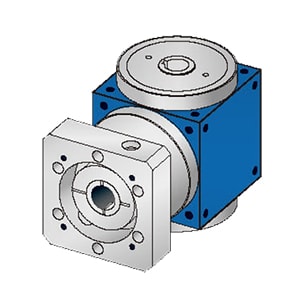
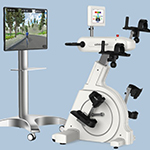
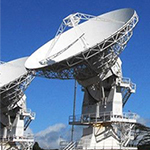
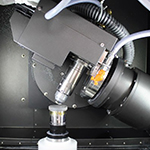
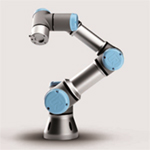
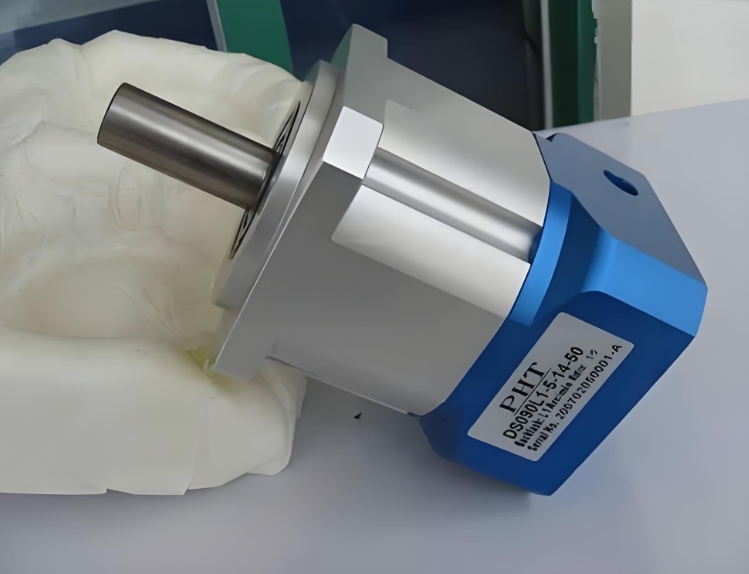
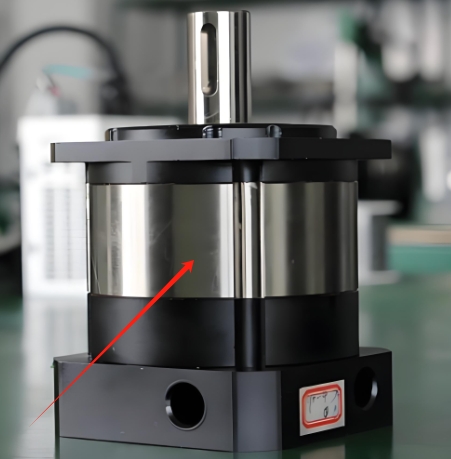
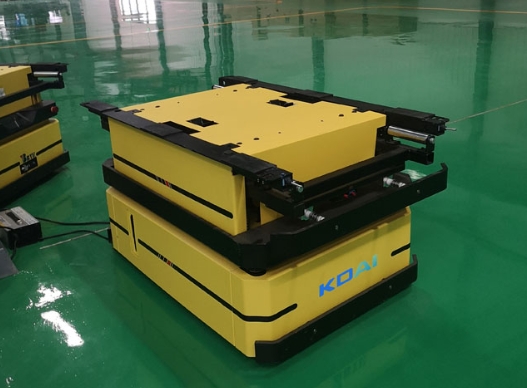
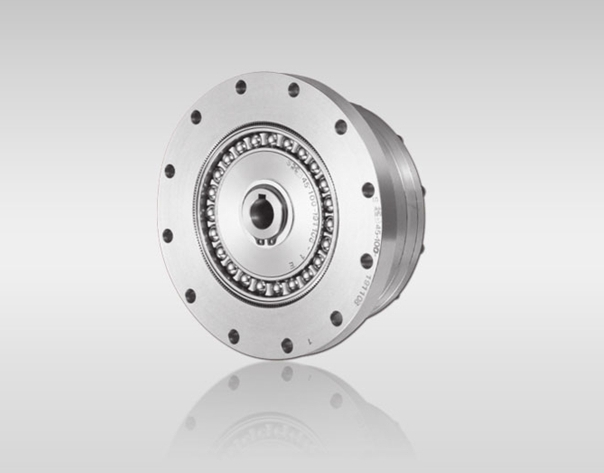
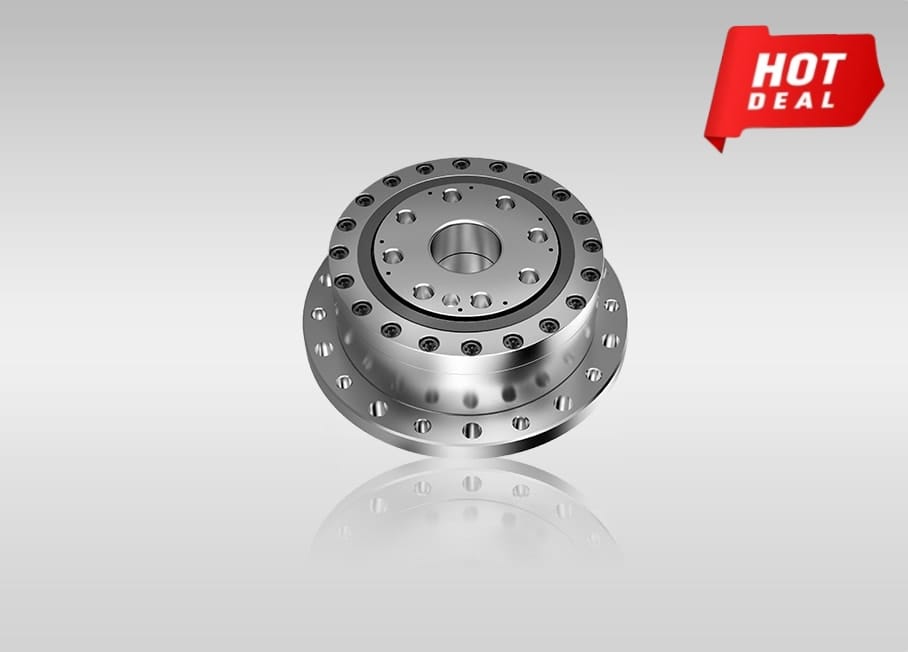
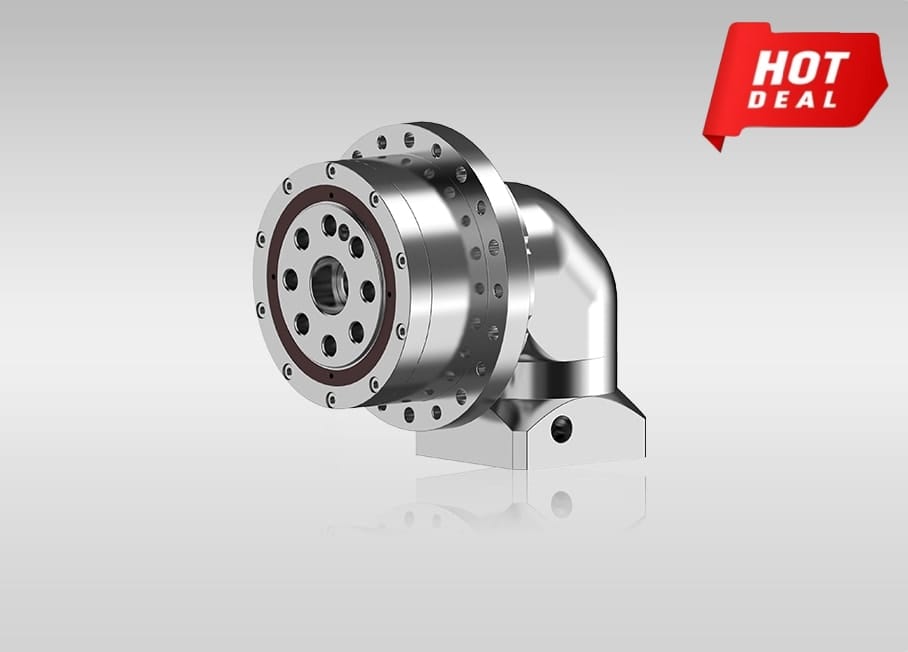
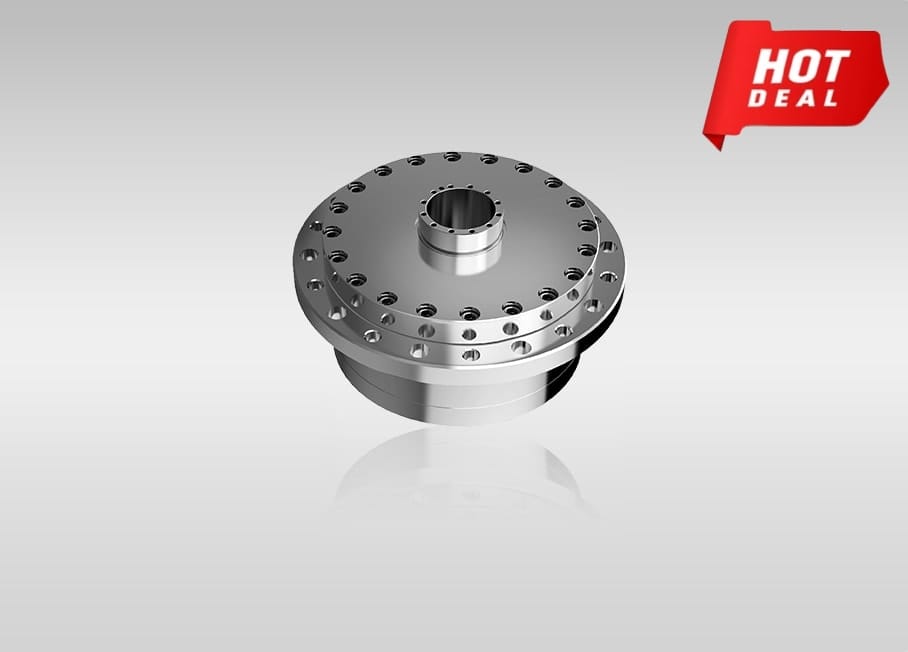
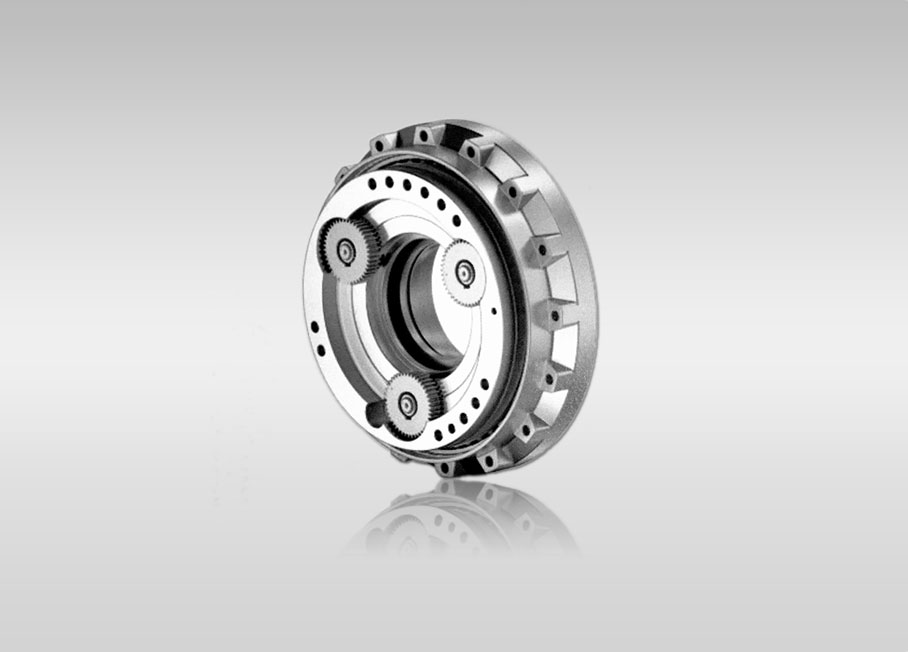
Quote Now